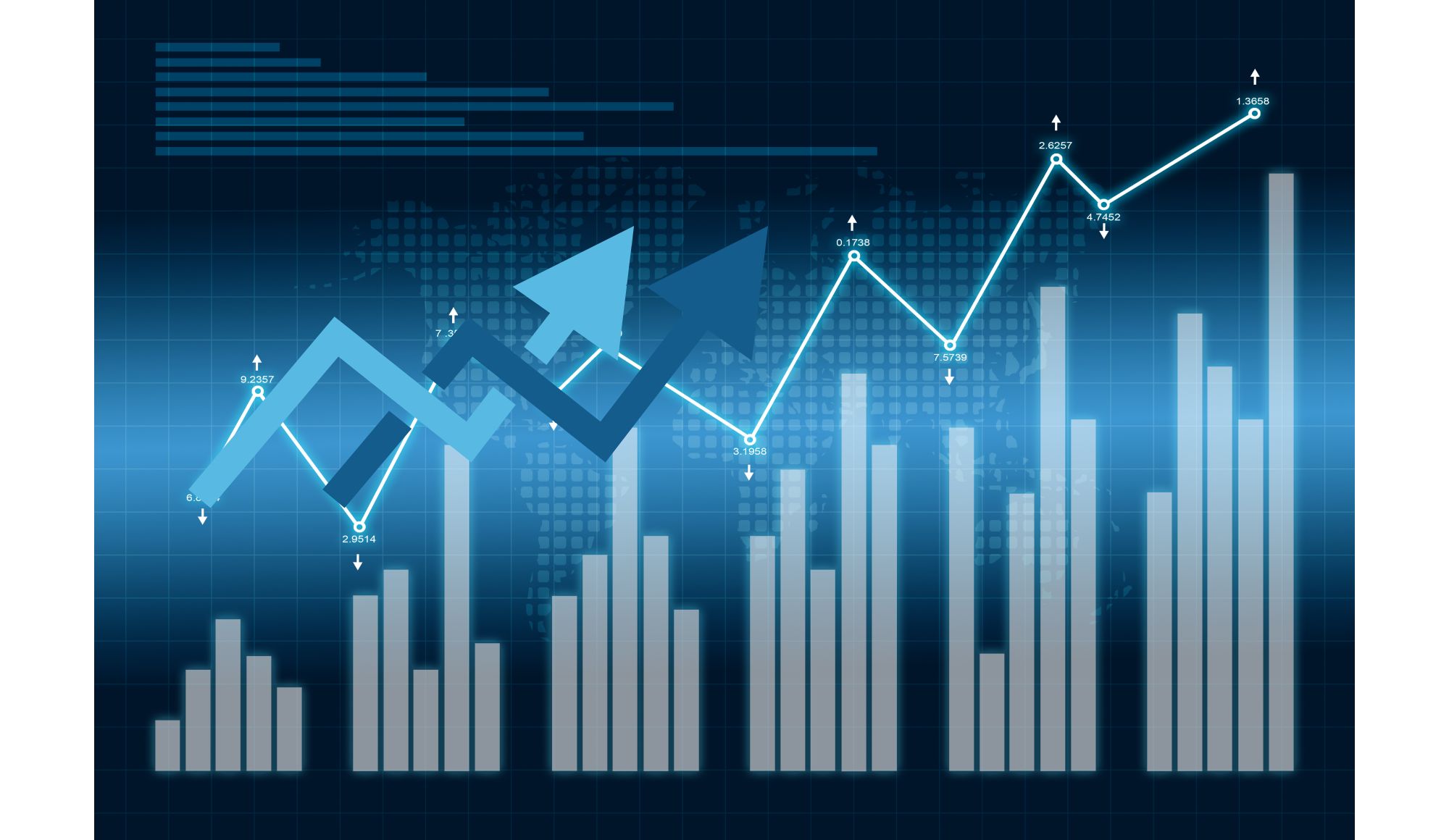1 Wild Stat Since 1990 Is Ominous
The market is much like a pendulum, swinging back and forth, or more precisely up and down. With each dip, it finds the energy to power higher to break new highs. Until the buyers are exhausted that is, and then a correction follows.
Usually, it climbs up steps, slowly and methodically, but falls down the elevator shaft. And that crashing sound as it plummets lower is accompanied by a sharp spike in the volatility index.
Remarkably, one statistic reveals that the current market period is almost unprecedented for its calm, yet that may be about to change.
Key Points
- The market’s current calm, one of the longest since 1990, suggests an imminent spike in volatility.
- Extended calm periods often lead to investor complacency, increasing the risk of sudden downturns, as seen before the 2008 financial crisis and the dot-com bubble burst.
- Hedging with options can be a great way to protect against portfolio losses.
Wild Statistic From 1990
Since 1990, the market is in its second longest stretch prior to a 150% rise in the Volatility Index, or VIX. That doesn’t mean today or tomorrow, volatility will spike, but it suggests the timeline to a spike is closing in rapidly.
You can think of this much like a share price hitting fair value. As price closes in on intrinsic value, the upside is ever lower and the risk below much higher. Or in other words, the reward to risk ratio is much less attractive.
So too now is the ratio of time between volatility spikes favoring bears now than bulls. Or in other words the lengthy period of calm is unlikely to last much longer, and will give way to a period of volatility soon.
You don’t have to predict it, necessarily, but be aware that it is likely lurking up ahead on the road. So it’s time to get those stops in place you don’t already have them, and be on guard for when a correction does occur to ensure that you are positioned to act quickly, and exit if necessary.
Investor Sentiment Sets Foundation for Crashes
Whether it’s the tranquil period before the 2008 financial crisis that was abruptly ended by a severe market downturn or the calm markets of the late 1990s prior to the dot-com bubble burst in 2000, history is littered with examples of the cyclical nature of markets and the inevitability of volatility spikes following extended calm periods.
Investor sentiment plays a crucial role during these transitions. When markets are calm, complacency often sets in, leading investors to underestimate the risk of a potential downturn. This complacency leads to overextended positions and a lack of preparedness for sudden market corrections. If you can recognize the pattern, you don’t have to be caught by the volatility trap.
Get Ready For the Crash
Several economic indicators can provide early warnings of impending volatility. For instance, shifts in interest rates, changes in inflation rates, and fluctuations in unemployment figures can all signal potential market turbulence, and none of that factors in the risks of global conflict.
One key way to protect yourself is through the purchase of put options that protect portfolios from significant declines in stock prices. Similarly, as mentioned earlier, stop-loss orders can help limit losses by automatically selling stocks when they reaches predetermined prices.
The bottom line is while the current period of calm is unusual, it is unlikely to last indefinitely. So, sooner than later, it’s probably best to take proactive measures to mitigate risks so you can better protect your portfolio and take advantage of opportunities when markets inevitably do fall.



